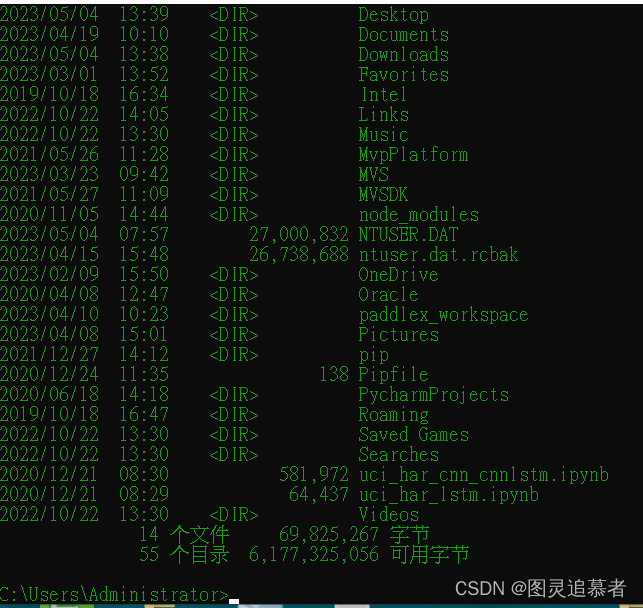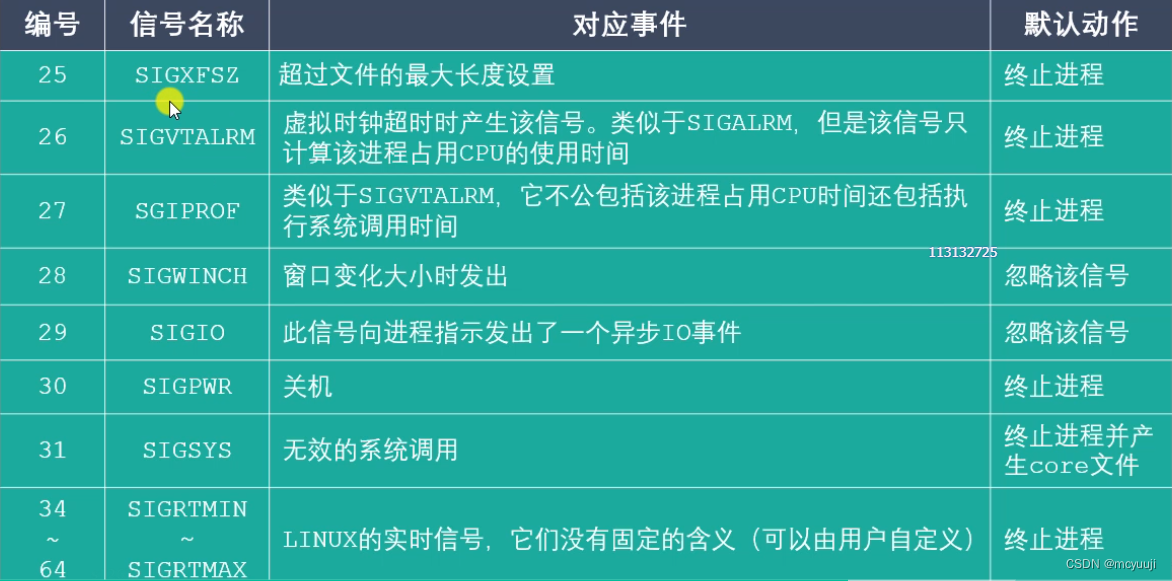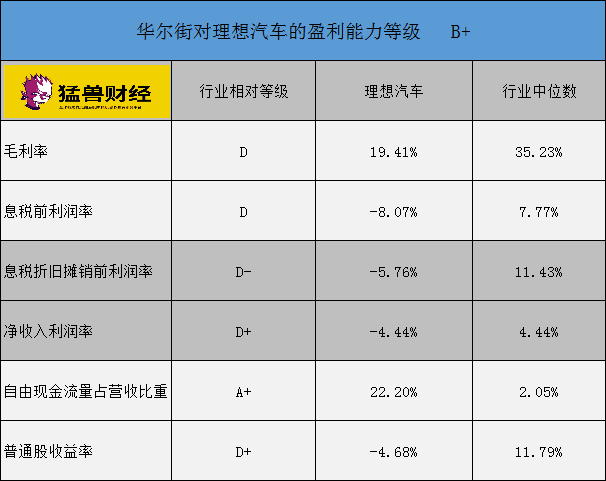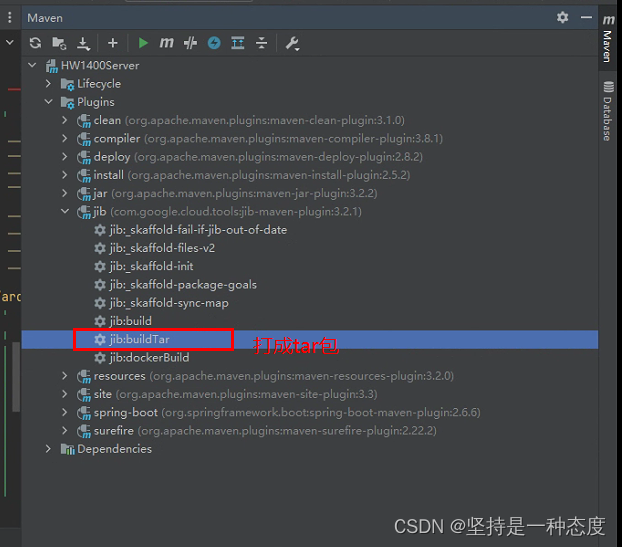🖊作者 : D. Star.
📘专栏 : 数据结构
😆今日分享 :“多看效应”-----对越熟悉的东西越喜欢的现象,心理学上称为“多看效应”。多看效应不仅仅是在心理学实验中才出现,在生活中,人们也常常能发现这种现象。在大家新认识的人中,有时会有相貌不佳的人,最初,我们可能会觉得这个人难看,可是在多次见到此人之后,逐渐就不觉得他难看了,有时甚至会觉得他在某些方面很有魅力。

文章目录
- 🔎题目链接:
- 🔎题目:
- 🔎分块解析:
- ✔栈的功能实现:
- ✔用栈实现队列:
- 🔎代码详情:
- 家人们,点个再走呗~
🔎题目链接:
【力扣-232.】用栈实现队列
🔎题目:
请你仅使用两个栈实现先入先出队列。队列应当支持一般队列支持的所有操作(push、pop、peek、empty):
实现 MyQueue 类:
void push(int x) 将元素 x 推到队列的末尾
int pop() 从队列的开头移除并返回元素
int peek() 返回队列开头的元素
boolean empty() 如果队列为空,返回 true ;否则,返回 false
说明:
你 只能 使用标准的栈操作 —— 也就是只有 push to top, peek/pop from top, size, 和 is empty 操作是合法的。
你所使用的语言也许不支持栈。你可以使用 list 或者 deque(双端队列)来模拟一个栈,只要是标准的栈操作即可。
示例:
输入:
[“MyQueue”, “push”, “push”, “peek”, “pop”, “empty”]
[[], [1], [2], [], [], []]
输出:
[null, null, null, 1, 1, false]
解释:
MyQueue myQueue = new MyQueue();
myQueue.push(1); // queue is: [1]
myQueue.push(2); // queue is: [1, 2] (leftmost is front of the queue)
myQueue.peek(); // return 1
myQueue.pop(); // return 1, queue is [2]
myQueue.empty(); // return false
🔎分块解析:
✔栈的功能实现:
#define DataType int
typedef struct Stack
{
DataType* a;
int top;
int capacity;
}ST;
//初始化
void stackInit(ST *st);
//销毁
void stackDestory(ST* st);
//入栈
void stackPush(ST* st,DataType x);
//出栈
void stackPop(ST* st);
//获取栈顶元素
DataType stackTop(ST* st);//这里使不使用指针都可以
//判断栈是否为空
bool stackEmpty(ST* st);//这里使不使用指针都可以
//获取栈的大小
int stackSize(ST* st);//这里使不使用指针都可以
//初始化
void stackInit(ST* st)
{
assert(st);//断言st是否是空指针(因为assert不能为空)
st->a = (DataType*)malloc(sizeof(DataType));//1个空间
if (st->a == NULL)
{
perror("malloc fail:");
exit(-1);
}
st->capacity = 1;
st->top = -1;
}
//销毁
void stackDestory(ST* st)
{
assert(st);//断言st是否是空指针(因为assert不能为空)
free(st->a);//注意:这里free的是数组的空间,不是结构体
st->a = NULL;
st->capacity = 0;
st->top = -1;
}
//入栈
void stackPush(ST* st, DataType x)
{
assert(st);//断言st是否是空指针(因为assert不能为空)
//不为空时,入栈
// 判断数组是否满
if (st->top + 1 == st->capacity)
/*if(st->capacity == st->top )*/
{
DataType* tmp = (DataType*)realloc(st->a, 2 * sizeof(DataType) * st->capacity );
//开辟空间失败时,返回
if (tmp == NULL)
{
perror("realloc fail : ");
exit(-1);
}
//成功时,将开辟空间的地址给到st->a
st->a = tmp;
st->capacity *= 2;
}
//尾插
st->top++;
st->a[st->top] = x;
}
//出栈
void stackPop(ST* st)
{
assert(st);
assert(st->top > -1);
//出栈
st->top--;
}
//获取栈顶元素
DataType stackTop(ST* st)
{
assert(st);
assert(!stackEmpty(st));
return st->a[st->top];
//assert(!stackEmpty(&st));
//return st.a[st.top];
}
//判断栈是否为空
bool stackEmpty(ST* st)
{
assert(st);
//法一:
//if (st->top > -1)
//{
// return false;
//}
//else return true;
//法二:
return st->top == -1;
}
//获取栈的大小
int stackSize(ST* st)
{
assert(st);
return st->top + 1;//这里的top为下标,top刚好指向栈顶元素,所以+1;
}
✔用栈实现队列:
typedef struct {
ST pushST;
ST popST;
} MyQueue;
MyQueue* myQueueCreate() {
MyQueue* pq = (MyQueue*)malloc(sizeof(MyQueue));
stackInit(&pq->pushST);
stackInit(&pq->popST);
return pq;
}
//返回队列开头的元素
int myQueuePeek(MyQueue* obj) {
assert(obj);
//如果pop为空,则将push中的逐个转移到pop中
if(stackEmpty(&obj->popST))
{
while(!stackEmpty(&obj->pushST))
{
//将push中的数据转到pop中
stackPush(&obj->popST,stackTop(&obj->pushST));
stackPop(&obj->pushST);
}
}
return stackTop(&obj->popST);
}
//将元素 x 推到队列的末尾
void myQueuePush(MyQueue* obj, int x) {
assert(obj);
stackPush(&obj->pushST,x);
}
//如果队列为空,返回 true ;否则,返回 false
bool myQueueEmpty(MyQueue* obj) {
return stackEmpty(&obj->pushST) && stackEmpty(&obj->popST);
}
//从队列的开头移除并返回元素
int myQueuePop(MyQueue* obj) {
assert(obj);
assert(!myQueueEmpty(obj));
int top = myQueuePeek(obj);
stackPop(&obj->popST);
return top;
}
void myQueueFree(MyQueue* obj) {
stackDestory(&obj->pushST);
stackDestory(&obj->popST);
free(obj);
}
🔎代码详情:
#define DataType int
typedef struct Stack
{
DataType* a;
int top;
int capacity;
}ST;
//初始化
void stackInit(ST *st);
//销毁
void stackDestory(ST* st);
//入栈
void stackPush(ST* st,DataType x);
//出栈
void stackPop(ST* st);
//获取栈顶元素
DataType stackTop(ST* st);//这里使不使用指针都可以
//判断栈是否为空
bool stackEmpty(ST* st);//这里使不使用指针都可以
//获取栈的大小
int stackSize(ST* st);//这里使不使用指针都可以
//初始化
void stackInit(ST* st)
{
assert(st);//断言st是否是空指针(因为assert不能为空)
st->a = (DataType*)malloc(sizeof(DataType));//1个空间
if (st->a == NULL)
{
perror("malloc fail:");
exit(-1);
}
st->capacity = 1;
st->top = -1;
}
//销毁
void stackDestory(ST* st)
{
assert(st);//断言st是否是空指针(因为assert不能为空)
free(st->a);//注意:这里free的是数组的空间,不是结构体
st->a = NULL;
st->capacity = 0;
st->top = -1;
}
//入栈
void stackPush(ST* st, DataType x)
{
assert(st);//断言st是否是空指针(因为assert不能为空)
//不为空时,入栈
// 判断数组是否满
if (st->top + 1 == st->capacity)
/*if(st->capacity == st->top )*/
{
DataType* tmp = (DataType*)realloc(st->a, 2 * sizeof(DataType) * st->capacity );
//开辟空间失败时,返回
if (tmp == NULL)
{
perror("realloc fail : ");
exit(-1);
}
//成功时,将开辟空间的地址给到st->a
st->a = tmp;
st->capacity *= 2;
}
//尾插
st->top++;
st->a[st->top] = x;
}
//出栈
void stackPop(ST* st)
{
assert(st);
assert(st->top > -1);
//出栈
st->top--;
}
//获取栈顶元素
DataType stackTop(ST* st)
{
assert(st);
assert(!stackEmpty(st));
return st->a[st->top];
//assert(!stackEmpty(&st));
//return st.a[st.top];
}
//判断栈是否为空
bool stackEmpty(ST* st)
{
assert(st);
//法一:
//if (st->top > -1)
//{
// return false;
//}
//else return true;
//法二:
return st->top == -1;
}
//获取栈的大小
int stackSize(ST* st)
{
assert(st);
return st->top + 1;//这里的top为下标,top刚好指向栈顶元素,所以+1;
}
typedef struct {
ST pushST;
ST popST;
} MyQueue;
MyQueue* myQueueCreate() {
MyQueue* pq = (MyQueue*)malloc(sizeof(MyQueue));
stackInit(&pq->pushST);
stackInit(&pq->popST);
return pq;
}
//返回队列开头的元素
int myQueuePeek(MyQueue* obj) {
assert(obj);
//如果pop为空,则将push中的逐个转移到pop中
if(stackEmpty(&obj->popST))
{
while(!stackEmpty(&obj->pushST))
{
//将push中的数据转到pop中
stackPush(&obj->popST,stackTop(&obj->pushST));
stackPop(&obj->pushST);
}
}
return stackTop(&obj->popST);
}
//将元素 x 推到队列的末尾
void myQueuePush(MyQueue* obj, int x) {
assert(obj);
stackPush(&obj->pushST,x);
}
//如果队列为空,返回 true ;否则,返回 false
bool myQueueEmpty(MyQueue* obj) {
return stackEmpty(&obj->pushST) && stackEmpty(&obj->popST);
}
//从队列的开头移除并返回元素
int myQueuePop(MyQueue* obj) {
assert(obj);
assert(!myQueueEmpty(obj));
int top = myQueuePeek(obj);
stackPop(&obj->popST);
return top;
}
void myQueueFree(MyQueue* obj) {
stackDestory(&obj->pushST);
stackDestory(&obj->popST);
free(obj);
}
/**
* Your MyQueue struct will be instantiated and called as such:
* MyQueue* obj = myQueueCreate();
* myQueuePush(obj, x);
* int param_2 = myQueuePop(obj);
* int param_3 = myQueuePeek(obj);
* bool param_4 = myQueueEmpty(obj);
* myQueueFree(obj);
*/
感谢家人的阅读,若有不准确的地方 欢迎在评论区指正!
 再走呗~
再走呗~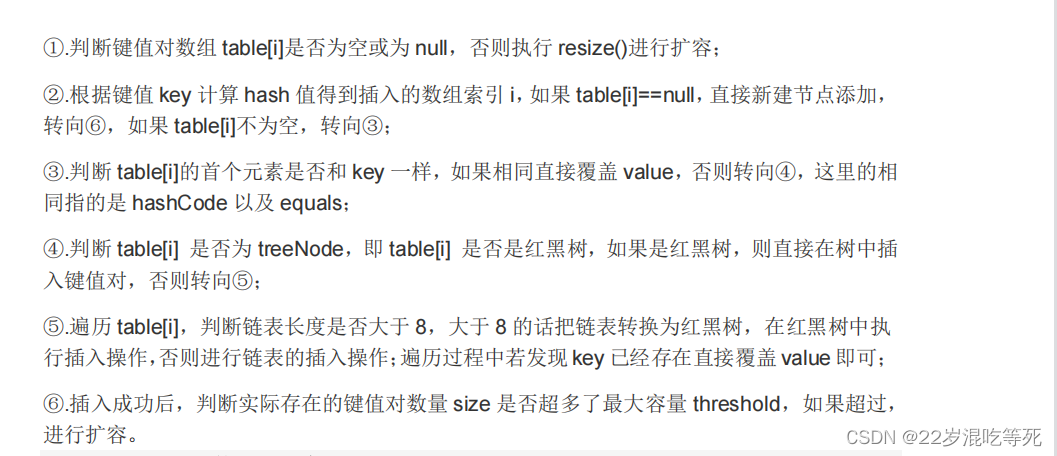



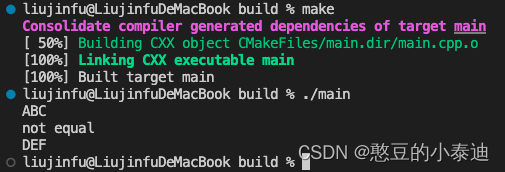




![牛客 NC24724 Feb S]Chocolate Eating 解题报告](https://img-blog.csdnimg.cn/4111979f1ffc44d4bc1cdadd4814eea1.png)
